Furnace Safety Tips from Gainesville Mechanical
The autumn months are here! In many households this means the renewal of the annual debates of when to turn on the heat. These debates are often centered around the desire to manage energy costs or determining the "right" temperature setting with your family or roommates. Either way, the furnace will come on at some point. But have you checked the furnace since last season? If not, you will want to follow these safety tips to make sure the conditions are optimal for your furnace to work efficiently and that it is working properly for the health, safety, and comfort of your home.
Clean it up.
One of the easiest things you can do to improve the safety and efficiency of the furnace in your home is to clean the air around it. The lint, dust, and other pollutants in the furnace room, closet or basement can impact how your furnace operates. And if you don't clean the area over a significant period of time the dust buildup in your furnace can cause a fire hazard.
You can also clean the furnace itself. But check the cleaning instructions in your furnace manual to make sure you do not unintentionally cause any damage or affect the safe operation of the system.
In addition to dust in and around the furnace room, you want to keep the area around the furnace clean as well. Move any items that may catch fire due to the heat generated by the furnace in the area. If you are using your furnace room or closet as storage, make sure you keep the room as organized as possible, maintaining clear access to the furnace safety switch, and refrain from storing combustible items in the area. If any of these items are left near the furnace, they become a significant safety hazard for your home. Items to avoid in this space include:
- Paper or boxes
- Cleaning solutions
- Gasoline
- Paint or paint thinners
- Wood scraps
- Cleaning rags
According to the National Fire Protection Association furnace fires are one of the top causes of fires in the home with more than half of them occurring during the winter months. With these cleaning techniques, you can decrease the chances of this type of fire occurring in your home.
Change your filters.
Another relatively easy home maintenance item for your furnace is to change the filters often. Dirty air filters restrict airflow to your system and will cause your furnace to work harder than it has to. A dirty filter will allow dirt build up on the internal components and can potentially increase the risk of a carbon monoxide leak.
When replacing your filter you want to make sure you know how to access the panel, have the proper tools — if necessary — and the right size. You can replace the filter with the same type you currently have or upgrade to something with a higher MERV rating like a HEPA filter that provides more efficiency by capturing more of the dust, pollen and other pollutants in the air.
Check your detectors.
Even with all the safety measures and precautions you can implement to make your some safe, accidents still happen. When they do, you want to be prepared and give your family the best chance to get through the situation. Ensuring that your smoke and carbon monoxide detectors are working properly is a great way to alert your family of danger in the home. Not only does this provide peace of mind, but it is also required by the housing codes of most jurisdictions for residential spaces.
Detectors should be placed in every floor of your home and can be mounted on the ceiling or high on a wall. Do not install detectors above immediately next to or above your furnace or any appliance the produces a flame.
Have your system inspected.
Like any mechanical system, your furnace should be inspected often. Even if you follow the cleaning and filter tips listed above, your system may still require service. The best way to avoid an untimely breakdown is to have your system inspected annually. The best advice is to have they system inspected twice a year when you switch from heating to cooling. The technicians will make sure your system is operating properly and will usually clean the internal components as well. This is a great benefit if you are not comfortable or skilled enough to clean the unit yourself.
Where Can I Get Help?
If you have more specific questions or believe that your system needs more than simple preventative maintenance, a certified professional at Gainesville Mechanic to evaluate your current system. A member of our professional team can explain what is happening with your current system and offer advice on how to make it safe for your home and operate efficiently.
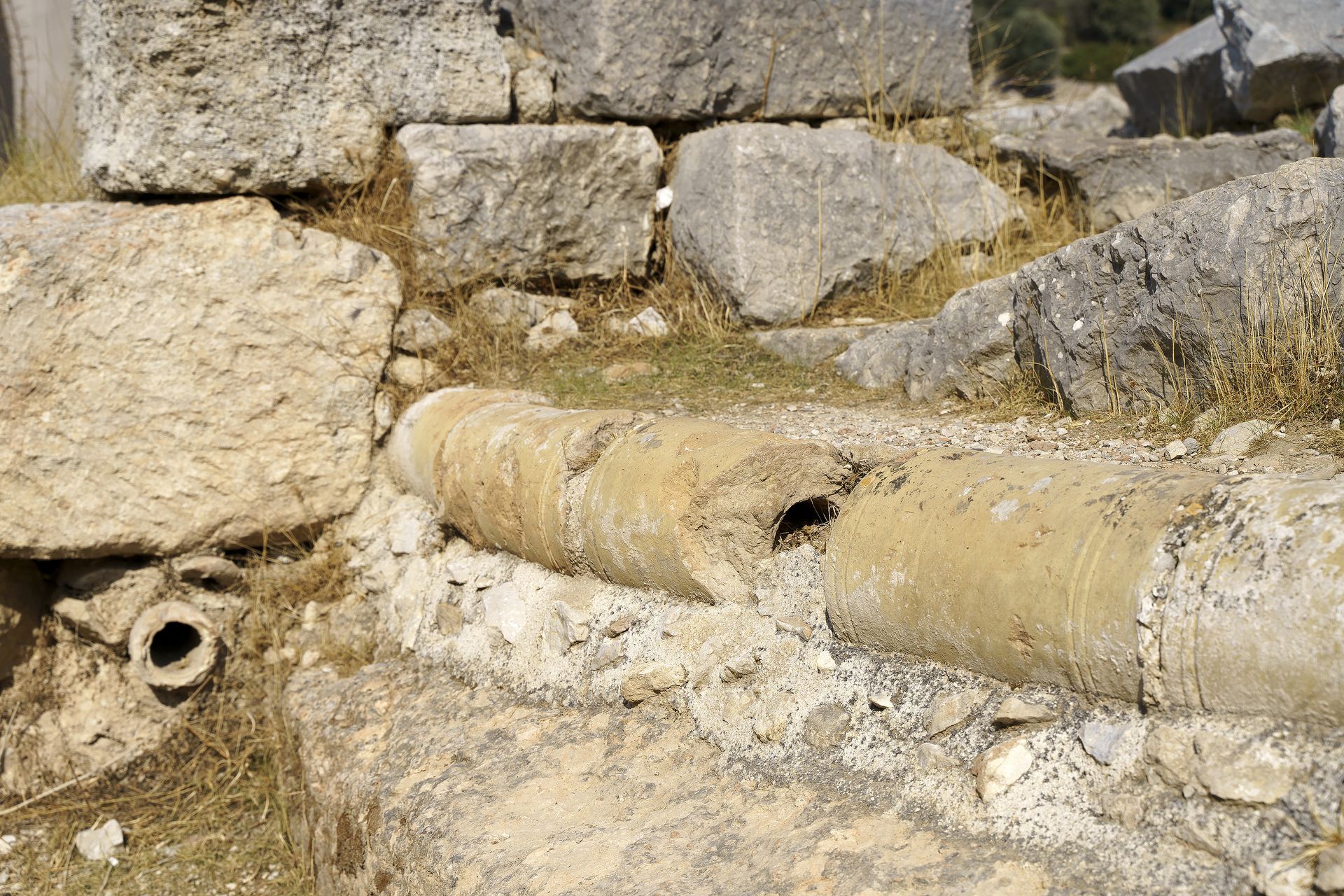
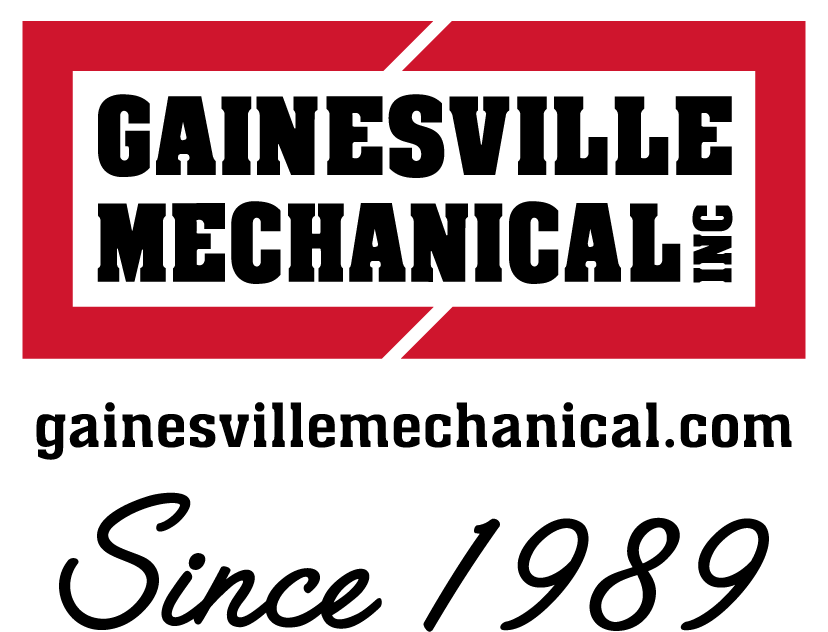

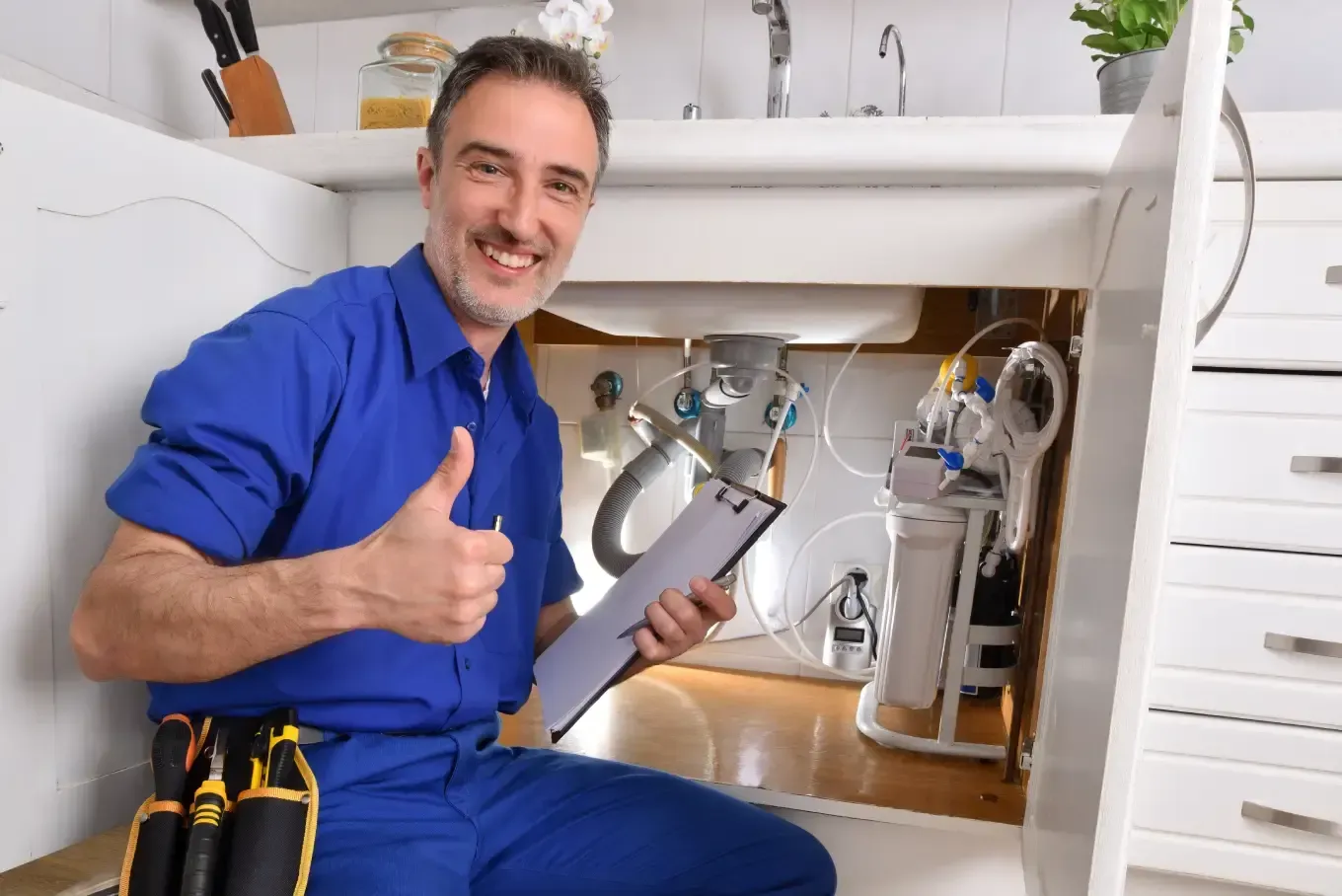
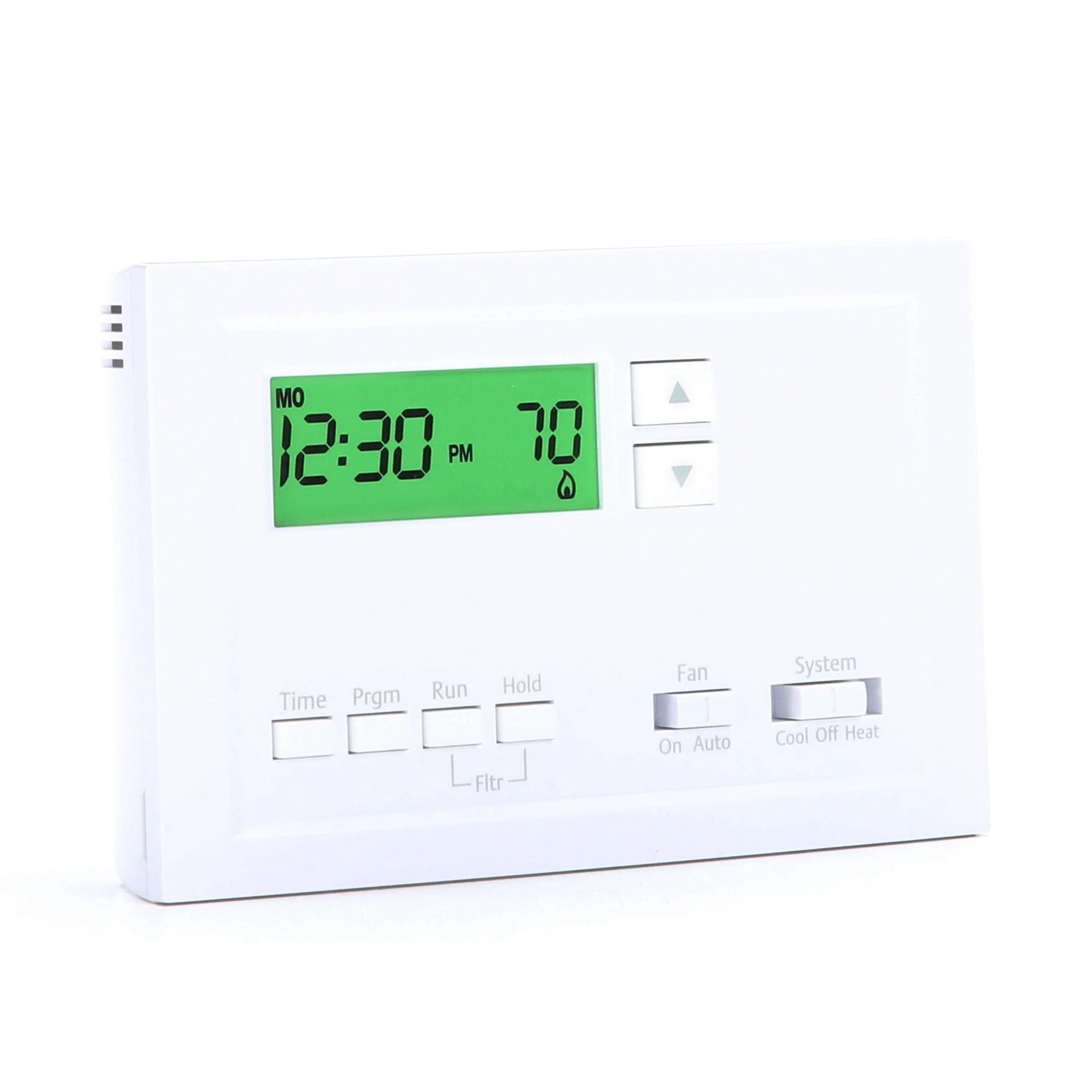
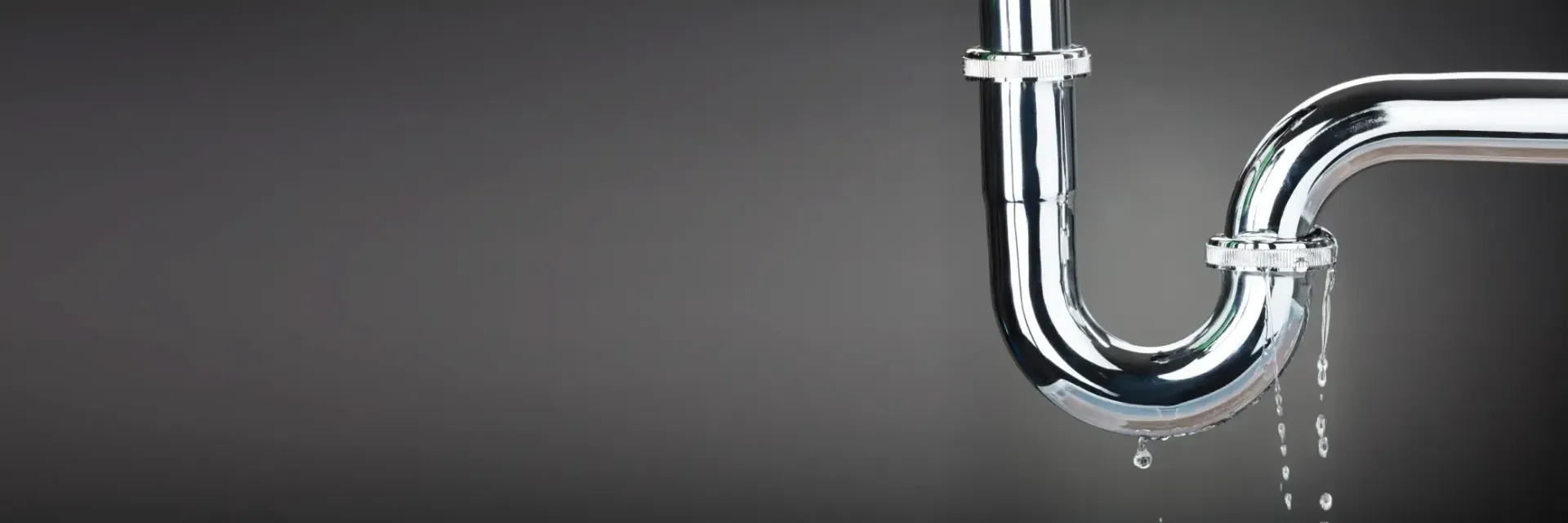
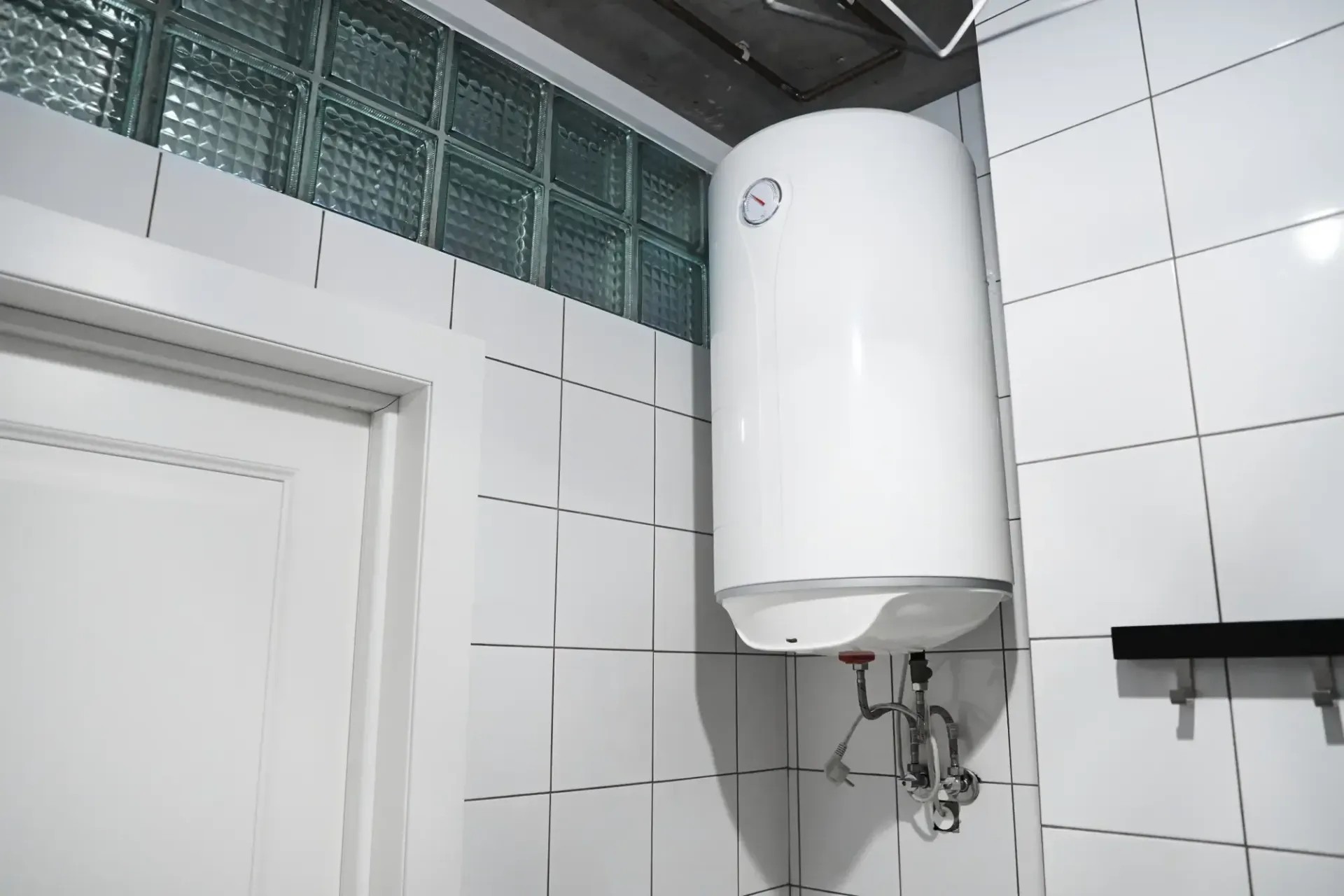
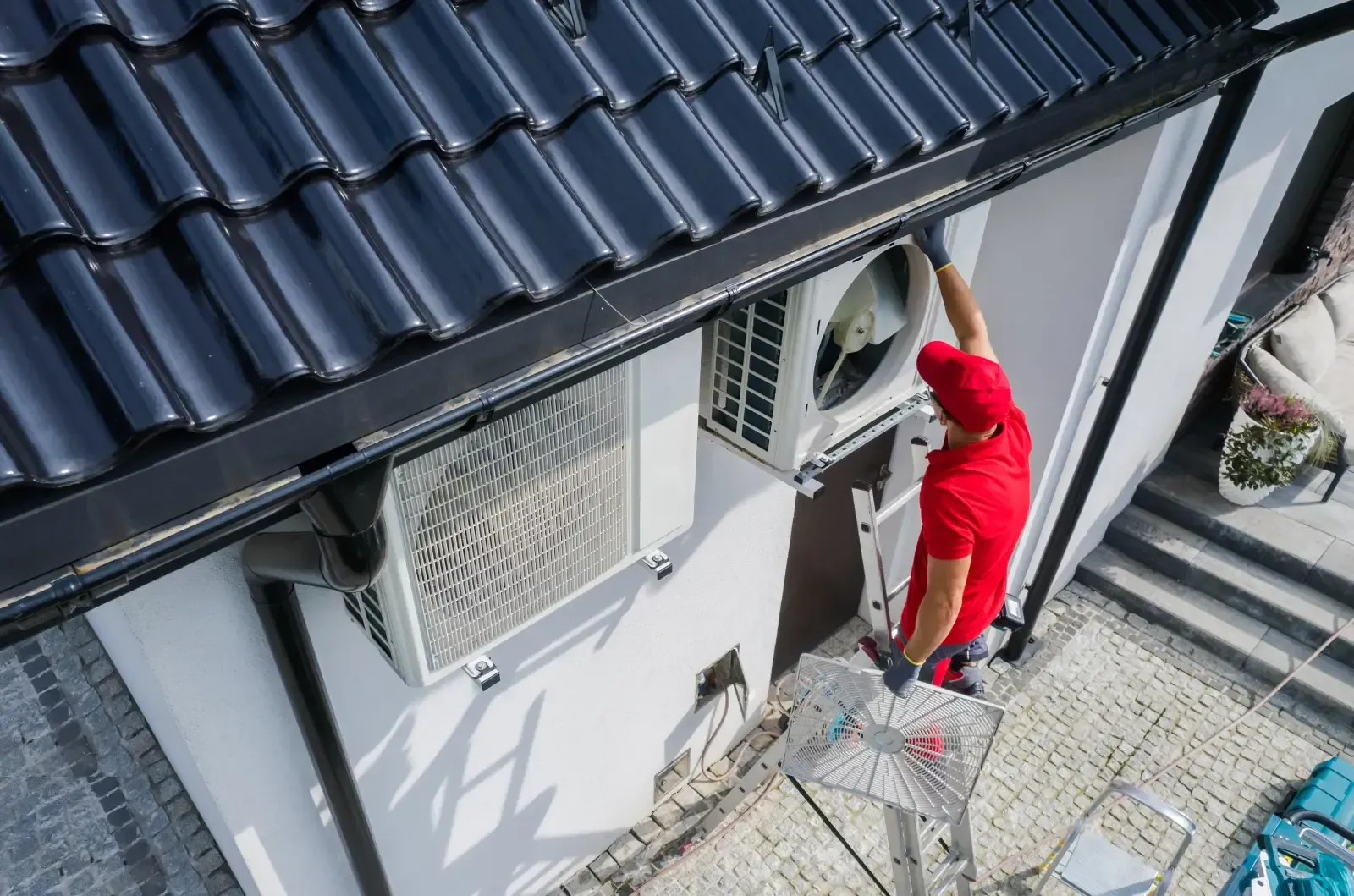
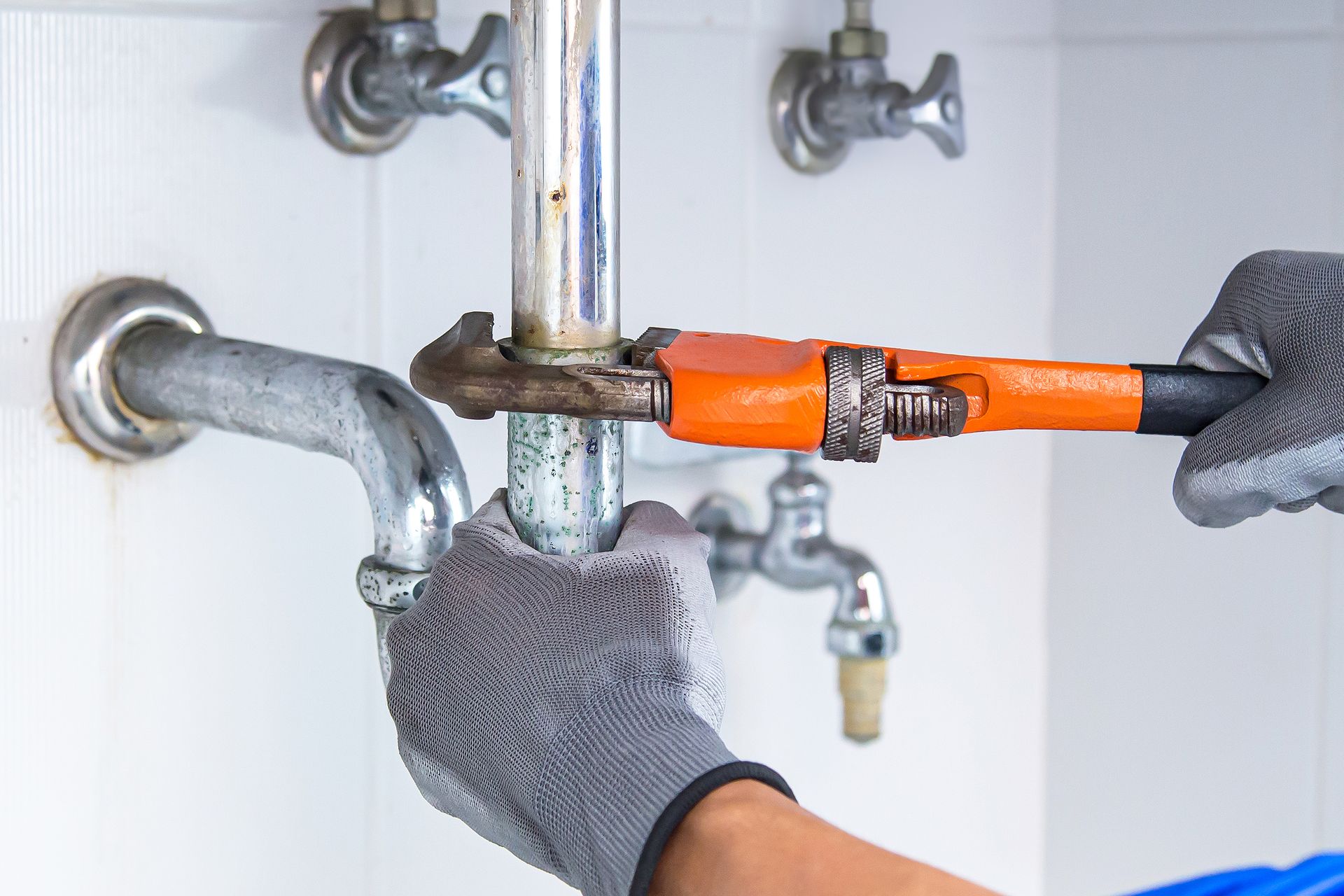
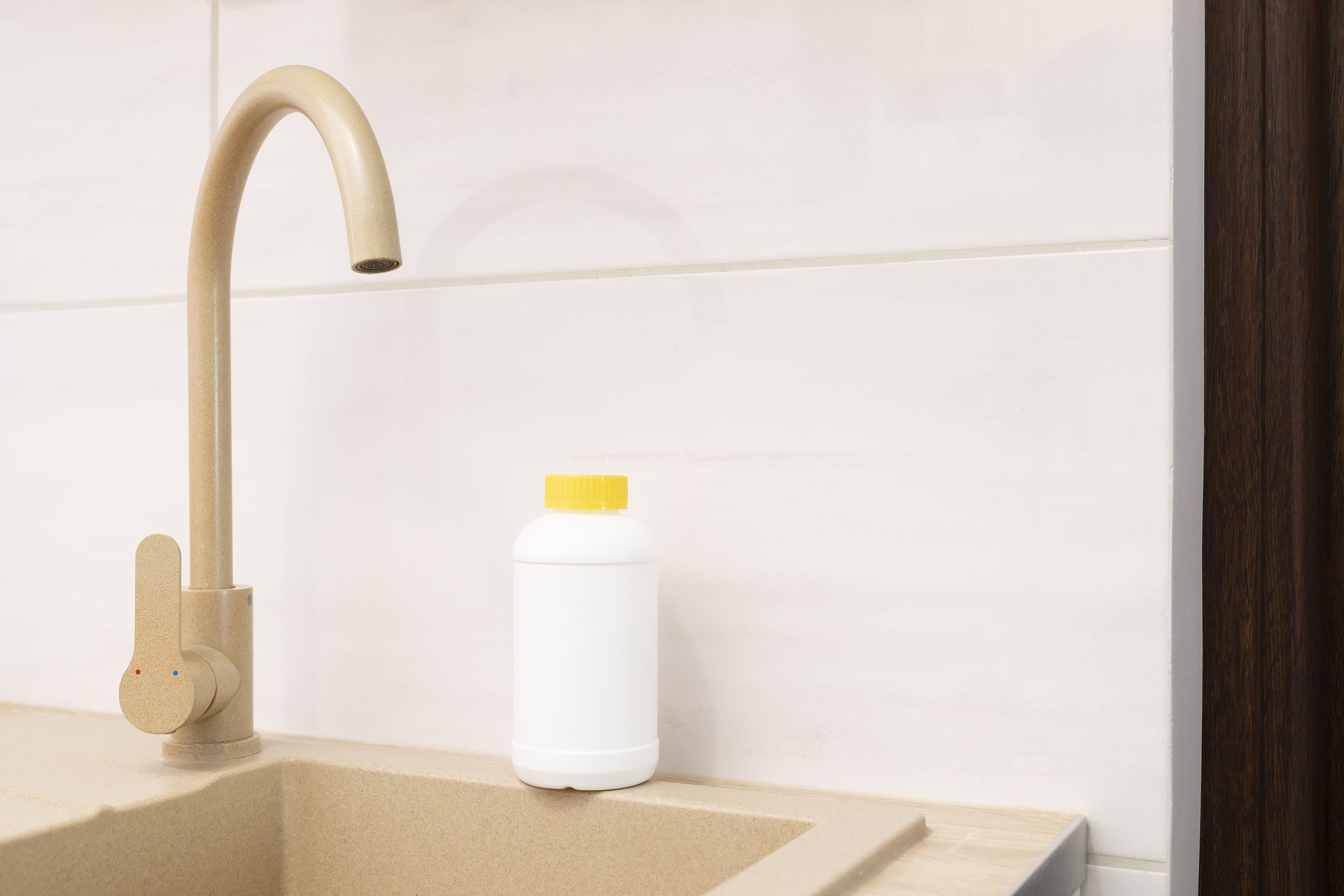
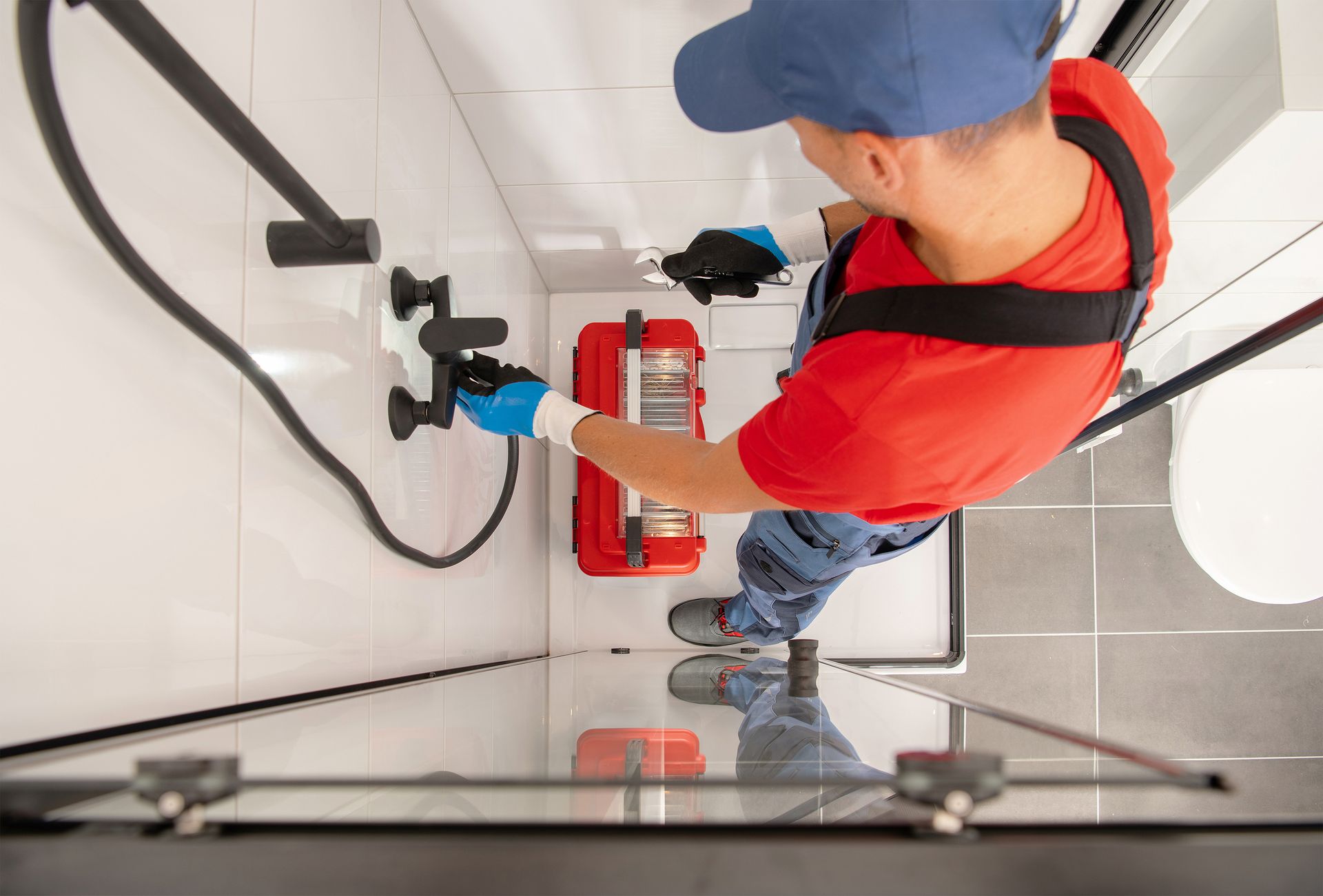
Share On: